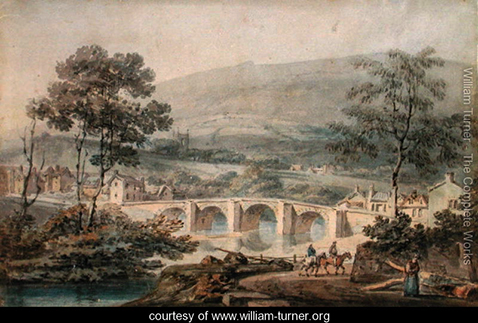How can urban trees improve the social ecology of humans?
Anecdotally, I am certain that many of you will attest to tree presence being highly favoured in urban environments – not only for the environmental and ecological benefits they provide, but for the benefits they offer humans on an economic and social level.
The focus of this post is a study by Frances Kuo, published in 2003, entitled The Role of Arboriculture in a Healthy Social Ecology. Kuo sought to analyse exactly how, in the US city of Chicago, urban trees influence human social interactions, and the results are – whilst not unexpected – very interesting.
In terms of methodology, Kuo remained brief in description (instead referring readers to the respective journal articles for each study that was only summarised in this article) selected different housing areas of Chicago that met four different criteria: (1) a variation in green cover immediately surrounding the area (from areas laden with trees to areas void of them); (2) a constant with regards to other environmental features, for control purposes; (3) housing areas contained residents that were randomly assigned abodes (public housing), so to negate the bias encountered where studying social populations where people have chosen to live in the area, and; (4) residents have no influence over how the vegetation in the area is managed. In light of these criteria, two housing developments were identified, and the residents’ social undertakings were assessed and subsequently separated into different categories. Results are listed below.
These flat blocks, known as the Robert Taylor Homes development, were featured within the study as one of the two areas. Source: The Uppity Negro.The Ida B. Wells housing development was the other featured social housing area to feature in the study. It has since been knocked down. Source: Wikimedia Commons.
Enticing residents to venture ‘outdoors’
When shown different pictures of trees within an urban landscape, residents were found to strongly prefer more trees in a landscape than less (54 per hectare, in this study), and stated that if their courtyards had more trees contained within them then they would feel more encouraged to utilise the grounds. This suggests that trees can be strategically planted to entice residents to actually use the outdoor space surrounding their property, which in itself brings social interaction in – largely – a positive manner…






